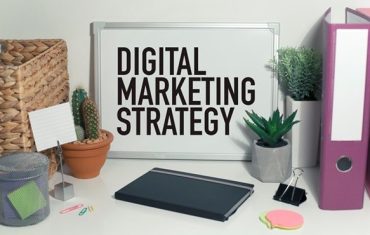Artificial intelligence (AI) is no longer a future trend—it’s a present-day force reimagining how businesses operate, compete and connect with customers. For small business owners, this can feel both exciting and overwhelming. With limited time, resources and technical expertise, how do you even begin to prepare?
The good news is that getting AI-ready doesn’t require a tech overhaul or an IT degree, says Tracy Sheen, an AI business strategist, keynote speaker and author of AI & U: Reimagine Business.
What it does require is a mindset shift and a few practical steps. Whether you’re a retailer, a professional services firm or a tradie, Sheen shares five simple ways to position your business in the AI era.
1. Start with curiosity, not code
AI readiness begins not with technology, but with awareness. Ask: what are the repetitive, time-consuming tasks in my business? Where do we lose time or miss opportunities? AI tools—many of them affordable and user-friendly—are already solving these problems. Think automated inbox management, chatbots for customer service or scheduling tools. You don’t need to build AI, you just need to know what’s possible and where it could help. Set aside 30 minutes a week to explore what’s out there. Curiosity is your competitive advantage.
2. Audit your data (even if it’s messy)
AI runs on data. But most businesses don’t have perfect records and that’s okay. What matters is knowing what data you do have, where it lives and how you collect it. Start with a simple audit: What customer data do you gather? How do you track sales or inventory? Is your information in spreadsheets, cloud apps or someone’s head? Once you have visibility, you can begin to streamline. Clean, accessible data is the first step toward using AI meaningfully.
3. Upskill your team—gently
You don’t need an in-house AI expert, but you do need a team that’s open to change. AI can and will amplify what your people do, not replace them. Treat AI like another team member, not a competitor and help your people to see the value in adopting new tools. Host a lunch-and-learn session about AI in your industry. Share a simple automation tool and invite staff to trial it. The goal is to reduce fear and create an environment of collaboration not competition. Over time, these small investments in learning can unlock big gains in productivity and morale.
4. Experiment with low-risk, high-reward tools
You don’t need to overhaul your systems to benefit from AI. Start with tools that integrate with what you already use whether that’s Xero, Shopify, ChatGPT or Microsoft 365. For example, AI-powered writing assistants can help with customer emails or marketing copy. AI schedulers can take the back-and-forth out of bookings. These aren’t just ‘nice to haves’—they save real time, which small teams often lack. Pick one area of friction and pilot a tool. Learn from it. Then scale what works.
5. Think in workflows, not just tools
The most powerful way to leverage AI isn’t by adding more apps—it’s by reimagining how work gets done. Look at your business processes end-to-end. Where are the delays, bottlenecks or duplicated effort? This is where small businesses have an edge: they can adapt quickly. By redesigning workflows with AI in mind—automating repetitive steps, using predictive insights or creating smarter customer journeys—you can free up time to focus on growth, relationships, and innovation.
AI isn’t a threat to small business—it’s a toolkit. But like any toolkit, its value depends on how you use it. You don’t have to do everything at once. Just start. Explore one tool. Solve one problem. Build one habit. The businesses that embrace AI now—not perfectly, but practically—will be the ones best positioned to thrive in what comes next.
Image: istock – Tippapatt







